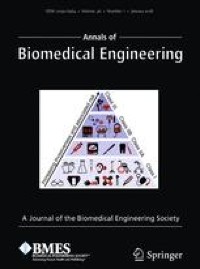Abstract
Purpose
To report long-term results of a randomized trial comparing accelerated partial breast irradiation (APBI) to whole-breast irradiation (WBI) in terms of efficacy, toxicity, and cosmesis.
Methods and materials
WBI group was treated with 3D conformal external irradiation, 2 Gy daily/fraction, 5 fractions/week, to a total dose of 50 Gy. APBI group was treated with 3D conformal external irradiation 3.75 Gy/fraction, twice a day, 5 fractions/week, to a total dose of 37.5 Gy in the APBI group. Patients were followed up every 6 months up to 5 years and yearly thereafter. During follow-up visits, the clinician evaluated chronic toxicity and scored cosmetic results with a four-scale system.
Results
After a median follow-up of 10.3 years, 43 patients in each group (84%) are alive without disease. One patient died after disease progression in the APBI arm, and there was no death in the WBI arm. The rest of the patients died from another disease different than breast cancer, similarly between groups. There was greater fibrosis in the APBI group (9 patients grade 1 and one grade 2) compared to WBI (3 patients grade 1 and one grade 2); p = 0.18. Regarding cosmesis, in APBI group, 19 and 21 (43.2 and 47%) patients had excellent or good results, similar to the WBI group with 18 patients (40.9%) in each cosmesis outcome. The WBI group did not have any patient with poor cosmesis but the APBI had 3 (6.8%; p = 0.24).
Conclusion
After a follow-up of 10 years, there were no differences in efficacy between the 2 treatment arms. Despite slight greater toxicity in the APBI group, the cosmesis was similar and satisfactory in both groups.







